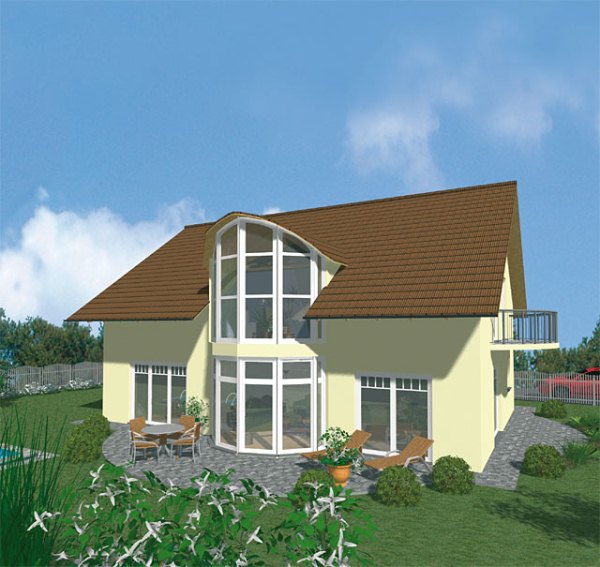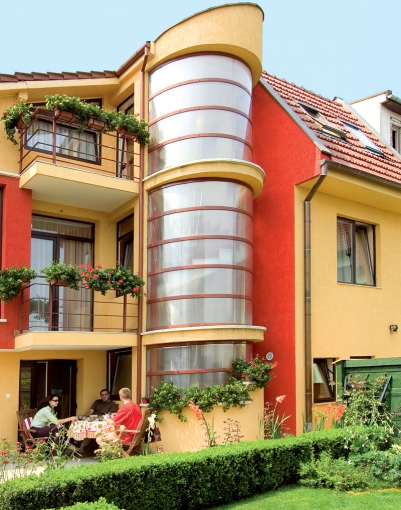The bay window is more than a simple window associated with Victorian architecture. It’s that type of window that stands out the vertical plane of the exterior wall, being supported on the cantilevered floor or pavement support beams that make up the room to which it corresponds and whose space it extends outwards. They have retained their popularity since the last decades of the 19th century and early 20th century. If light is a measure of beauty in your home, then the bay window is certainly a factor to be taken into account. Installing a bay window in a much smaller space than you would like to have gives you the opportunity to have a combination of multiple windows, more light, while the space increases, opening outwards and capturing the view from outside.
Bay windows were and still are popular in cities like San Francisco, where very limited space is being appreciated and used at its full potential. A bay is usually composed of at least three fixed or movable windows, arranged in a semicircle or polygonal configuration. The center-window is usually fixed, with the two adjacent ones being mobile, making them easier to handle for correct ventilation. Such solutions allow expansion of interior space in a very elegant way, increasing the intake of natural light, improving and expanding the view. Depending on the configuration and dimensions chosen, a bay can be arranged as a dining area, small space for relaxation and conversation, or as area for the house plants. You can always opt for the version with railing solution that will give a special charm to a bedroom or a kitchen. However, the bay window is very likely to become the favorite of the whole family. In a modern setting, a bay gives your home a rather bourgeois aspect.
The living room is the place in which we allow more freedom when it comes to choosing materials and configuration of the windows. Wanting to get as much light as we can, we guide the glazing, as appropriate, to the south or to the east. Also, it matters the size or shape, color, size joinery as well as decorative items (like curtains, draperies). A bay will give you the possibility to individualize a space, turning it into a classic and elegant center of interest. To maintain visibility on it, you can choose transparent blinds or curtains. Don’t stress about the neighbors taking a peek in; they are just jealous at your wonderful window.
With few exceptions, the bay type of window remarkably meets all technical requirements, acoustic, architectural and artistic. But before you choose or design one, don’t forget that the correct proportions are not only aesthetic but also technical. The most common interior angles of a bay window corners are 90, 135 and 150 degrees. It’s better to avoid, for the both reasons above, cases in which the height of a bay is less than its width. As for insulation, nowadays manufacturers use a lot of aluminum, wood and thermal insulating windows, which we recommend due to increase thermal efficiency and reduced risk of condensation on glass surfaces. If they don’t have a negative impact on the image created, you can mount heating elements on the parapet of the bay, but under floor heating will do the job just as good.

















